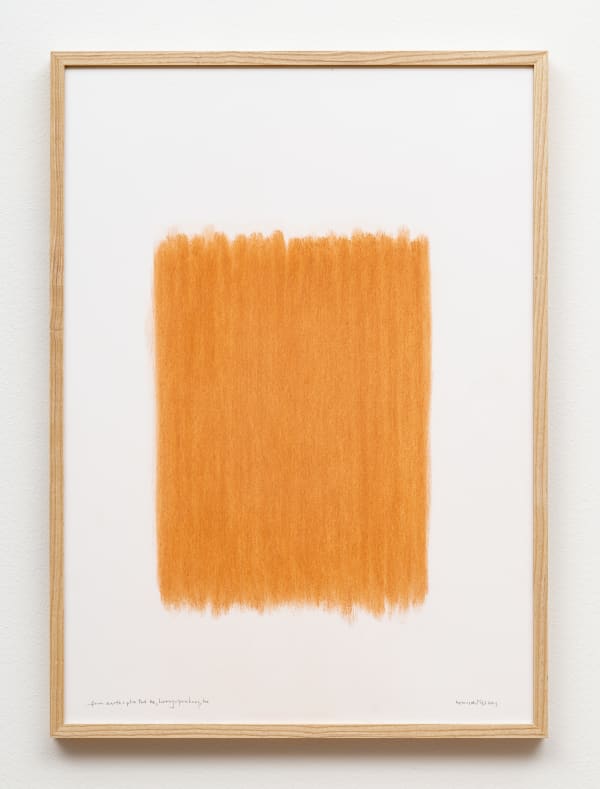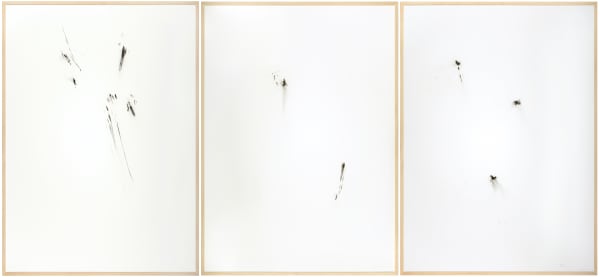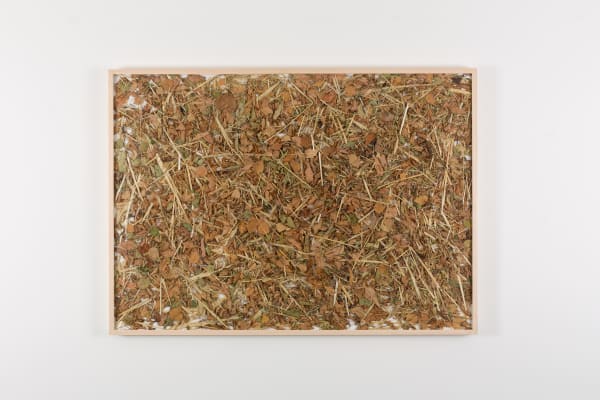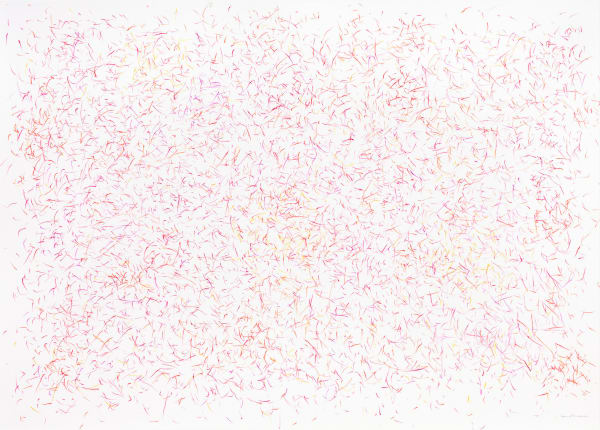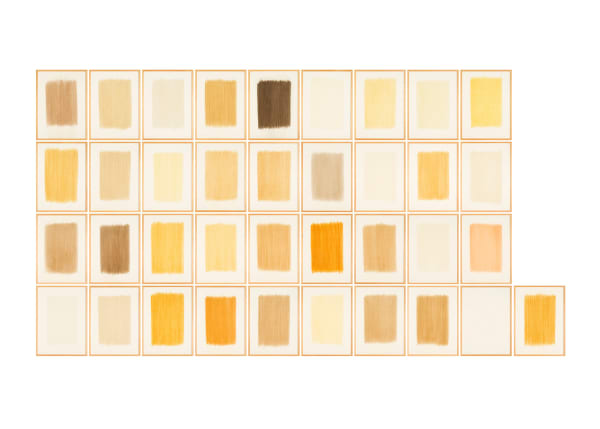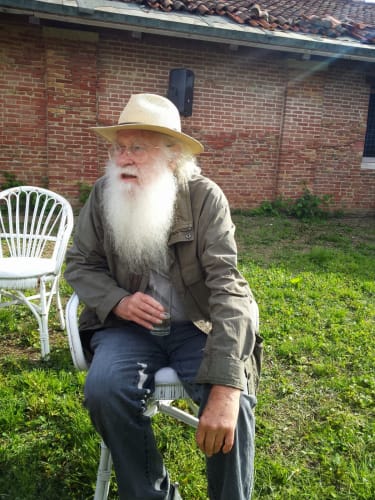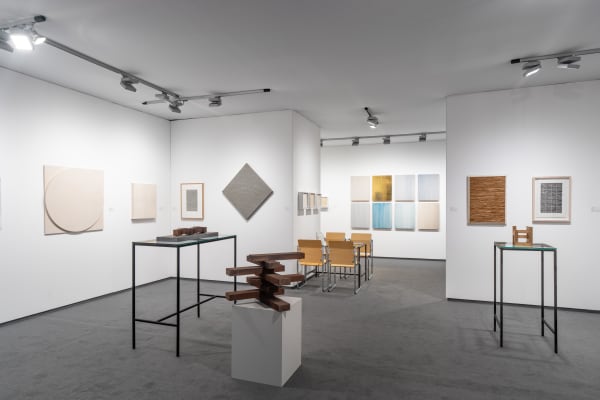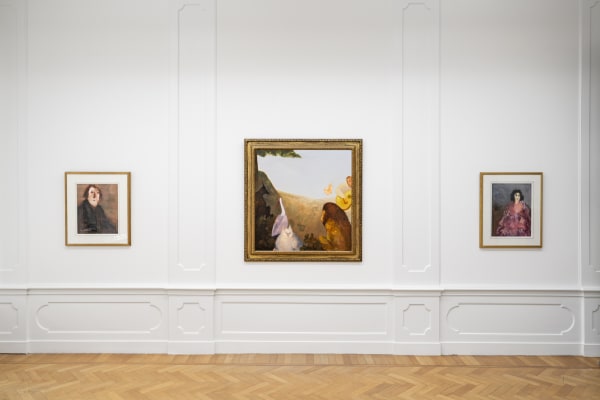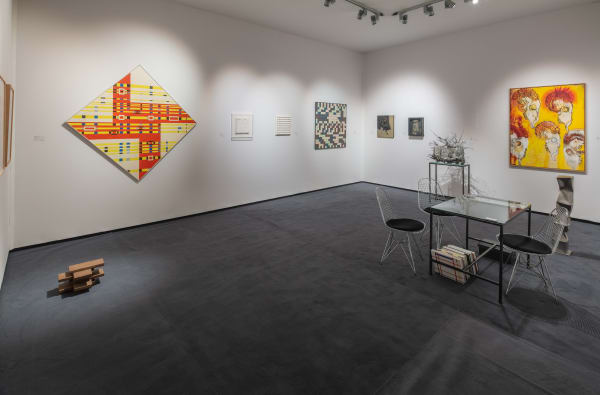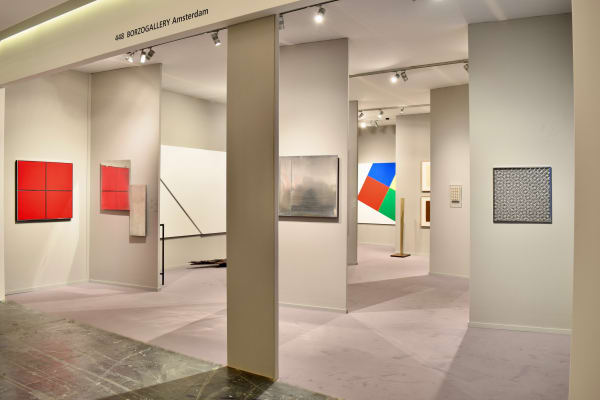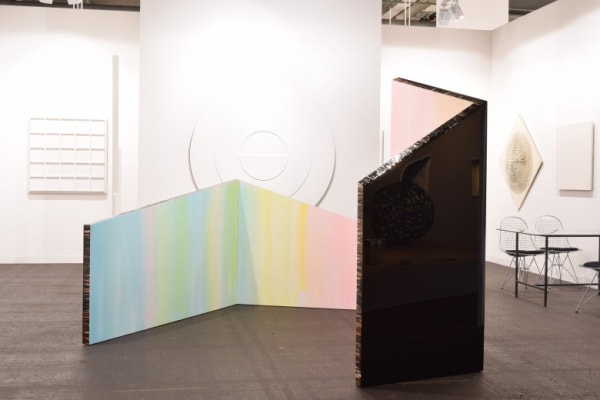herman de vries dutch, b. 1931
-
 from earth: mbabane, swaziland I/III, 2019
from earth: mbabane, swaziland I/III, 2019 -
 from earth: pha tad ke, luang-prabang, laos, 2019
from earth: pha tad ke, luang-prabang, laos, 2019 -
 from earth: from around león, 2018
from earth: from around león, 2018 -
 from earth: richenpong, sikkim, 2018
from earth: richenpong, sikkim, 2018 -
 untitled (18.3.18-19.3.18), 2018
untitled (18.3.18-19.3.18), 2018 -
 untitled (23-2-2018), 2018
untitled (23-2-2018), 2018 -
 untitled (27-1-2018; 1-2-2018; 21-3-2018), 2018
untitled (27-1-2018; 1-2-2018; 21-3-2018), 2018 -
 asche from an old burning spot in the hainerter wäldchen, 2017
asche from an old burning spot in the hainerter wäldchen, 2017 -
 ashes: eschenau summersolstice fire, 2001, 2017
ashes: eschenau summersolstice fire, 2001, 2017 -
 triptychon rasenstück (am dorfteig, eschenau), 2015
triptychon rasenstück (am dorfteig, eschenau), 2015 -
 vor der vordertür: im herbst, 2015
vor der vordertür: im herbst, 2015 -
 untitled (23.4.2012), 2012
untitled (23.4.2012), 2012 -
 after the winter v, 2010
after the winter v, 2010 -
 suzuki, essays on zen buddhism I-III, 2009-2010
suzuki, essays on zen buddhism I-III, 2009-2010 -
 dance, dance, dance, 2009
dance, dance, dance, 2009 -
 steigerwald holzbibliothek, 2003
steigerwald holzbibliothek, 2003 -
 steigerwald holzbibliothek, 2003
steigerwald holzbibliothek, 2003 -
 clematis - hopfen - knöterich, 2001
clematis - hopfen - knöterich, 2001 -
 from earth: cyprus: paphos, 1998
from earth: cyprus: paphos, 1998 -
 from earth: from around biel, 1994
from earth: from around biel, 1994 -
 from the royal botanic garden edinburgh (branches from 56 trees and bushes), 1991
from the royal botanic garden edinburgh (branches from 56 trees and bushes), 1991 -
 collected: eschenau 13 6 1979, 1979
collected: eschenau 13 6 1979, 1979 -
 v73-17, 1973
v73-17, 1973 -
 v70-08, 1970
v70-08, 1970
The early work of herman de vries (*1931) consists of collages of found material, such as a layer of posters torn off the wall. He uses the denominator 'collages trouvés', referring to the 'objets trouvés' by Marcel Duchamp. Later in the 1950s he starts painting in white, gray and black tones. These loose, unimaginative works can be counted as material painting. Around 1960 de vries only works with white paint. His early work is therefore close to Informal art from the same period. In 1961 de vries, together with Armando and Henk Peeters from the Nul group, founded the magazine nul = 0. After two editions, however, the editors disintegrate and de vries continues the magazine two more issues alone. In the meantime, he has exchanged his job as a botanist for a job as a biological researcher at the Institute for Applied Biological Research in Nature (ITBON) in Arnhem. He now uses probability as an important visual tool in his work. This results in working with randomly placed blocks, dots and letters.
In 1970 de vries moved to the Bavarian village of Eschenau (near Knetzgau) and from that time nature and Eastern ways of thinking are important elements in his work. Change and temporary arrangements such as those prevailing in nature are expressed, for example, in works with fallen tree leaves or in a report of an investigation into plants found on a limited piece of grassland.
From the eighties onwards, the emphasis in his work has been on the disturbed relationship between man and nature, which, according to de vries, threatens to lose an important source of knowledge. In books he documents a large collection of herbs and crops, in works on paper he uses different types of soil as a pigment and he also exhibits grasses, fragrant rose petals and plants with a hallucinatory effect. In addition to a large number of artists' books, de vries also makes photos, films and text works.
In 2015, herman de vries represented the Netherlands at the Venice Biennale with the exhibition to be all ways to be.
"my work is very versatile. in all aspects it is about awareness, awareness processes. chance & change is such a pair of concepts that has a lot to offer. nature knows no repetition. a development never takes place under the same circumstances. for example, there is influence of temperature, light, radiation from the sun, ventilation, humidity, and so on. these differences can be clearly observed and experienced in a series. the work with all the leaves of one plant also shows how different a development of parts of an individual can end. chance and change connected with chance (= random). " herman de vries - eschenau, 1 december 2015
-

PAN Amsterdam 2025
Stand 36 1 - 9 Nov 2025Ben Akkerman | Armando | Charlotte Caspers | Ad Dekkers Hans van Hoek | Rakuko Naito | Jan Schoonhoven Geer van Velde | Carel Visser | André Volten | herman...Read more -

NAP+ 2025
dance, dance, dance 11 - 14 Sep 2025Borzo is pleased to participate in the second edition of NAP+ with dance, dance, dance - a presentation showcasing works by herman de vries and Heringa/Van Kalsbeek. Find us on...Read more -

TEFAF Maastricht 2025
Stand 434 13 - 20 Mar 2025Ben Akkerman | Woody van Amen Jan Andriesse | Armando Carel Balth | Charlotte Caspers Ad Dekkers | Ger van Elk Hans van Hoek | Thomas Luther Tomas Rajlich |...Read more -

PAN Amsterdam 2024
Stand 36 23 Nov - 1 Dec 2024Akkerman's oeuvre developed cautiously and resolutely in equal measure. Even in his teens, he drew and painted farms, watermills and landscapes. In the early 1960s, his figuration was characterized by...Read more -

TEFAF Maastricht 2024
Stand 430 9 - 14 Mar 2024Ben Akkerman | Armando Constant | Ad Dekkers Daan van Golden | Jean Gorin Ewerdt Hilgemann | Hans van Hoek Tadaaki Kuwayama | Bart van der Leck Piero Manzoni |...Read more -

Recent acquisitions
20 Jan - 16 Feb 2024Borzo starts the new year with a group exhibition of recent acquisitions. In the front room a group of artists who have a relationship with each other both artistically and...Read more -

Opening gallery season 22/23
2 Sep - 8 Oct 2022After the Corona years of cultural poverty, of temporary closures of museums, theaters and galleries, of cancellations and visitor restrictions, of do's and don'ts, it is a beneficial experience to...Read more -

TEFAF Maastricht 2022
Stand 449 25 - 30 Jun 2022After a long break, TEFAF Maastricht - and with it BorzoGallery - can meet the public in person again. We look forward to welcoming you to our stand, where we...Read more -

herman de vries. 90
30 Oct - 18 Dec 2021On October 30 and 31, from 1-6 pm, BorzoGallery will festively open the doors of its new gallery space with a solo exhibition herman de vries. This summer herman de...Read more -

herman de vries. 90 | L.A.C. Sigean
24 Jul - 26 Sep 2021The L.A.C. Narbonne, in collaboration with BorzoGallery, presents an exhibition dedicated to herman de vries, who is celebrating his 90th birthday this year. To honor the beautiful region in which...Read more -

Art Affair. The Summer edition
Stand 8 17 - 20 Jun 2021TWELVE DUTCH ART DEALERS ENTER INTO AN ART AFFAIR FOR THE SECOND TIME The small-scale art fair Art Affair will take place for the second time in the ballrooms of...Read more -

AFTER NUL - the late works
23 Apr - 22 May 2021Zero in Germany, Azimuth in Italy, Nouveau Réalisme in France, and Nul in the Netherlands are related genres that have had a major influence on the history of art. Held...Read more -

TEFAF Maastricht 2020
Stand 448 5 - 15 Mar 2020BorzoGallery is pleased to participate in TEFAF Maastricht in 2020. Just as in previous years, a striking stand is designed by the Amsterdam firm HOH Architecten . The larger of...Read more -

PAN Amsterdam 2019
Stand 37 24 Nov - 1 Dec 2019I have always been a zero artist, herman de vries tells us during our conversation on a return visit to his house and studio in Frankenland, Germany. In the early...Read more -

TEFAF Maastricht 2019
16 - 24 Mar 2019A participant from the very first beginning of TEFAF, BorzoGallery is pleased to announce its presence again in this famous Maastricht art fair. We are proud to present a coherent...Read more -

herman de vries | ultimate free
23 Nov - 29 Dec 2018I have always been a zero artist, herman de vries tells us during our conversation on a return visit to his house and studio in Frankenland, Germany. In the early...Read more -

TEFAF Maastricht 2018
Stand 448 10 - 18 Mar 2018The BorzoGallery stand at TEFAF 2018 was designed by HOH Architecten from Amsterdam. This young architect team has created an exciting design in which the many sculptures that BorzoGallery shows...Read more -

Art Basel 2017
15 - 18 Jun 2017Monochrome Dutch artists from the sixties and beyond. BorzoGallery is presenting an unique collection of monochrome works from Dutch artists during Art Basel 2017: Armando, Bram Bogart, Ad Dekkers, Ger...Read more -

Art Cologne 2017
Stand A1 26 - 29 Apr 2017During Art Cologne 2017 we will show a number of beautiful reliefs and drawings by Jan Schoonhoven. In addition, we will show a large work by Herman de vries: 'unter...Read more -

EXPO Chicago 2016
21 - 25 Sep 2016BorzoGallery & The Mayor Gallery are pleased to participate in EXPO Chicago 2016 with works by Anne Appleby, Bram Bogart, Ger van Elk, Jan Schoonhoven and herman de vries.Read more -

after zero
12 Nov - 3 Dec 2011In the Dutch art history of the second half of the 20th century, some movements can actually be measured by international standards. They are characterized by innovation, cooperation and group...Read more
-

BorzoNews #07
Relief & Construction Paul van Rosmalen Read more -

BorzoNews #25
After Zero Paul van Rosmalen Read more -

BorzoNews #49
herman de vries ea l Art Basel 2016 Paul van Rosmalen Read more -

BorzoNews #63
herman de vries l ultimate free Paul van Rosmalen Read more -
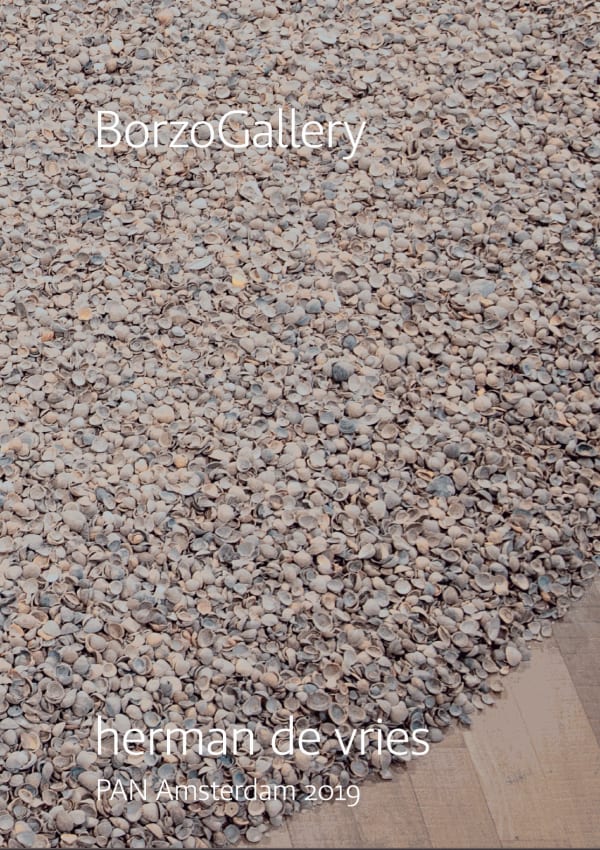
BorzoNews #68
herman de vries l PAN Amsterdam 2019 Paul van Rosmalen Read more -
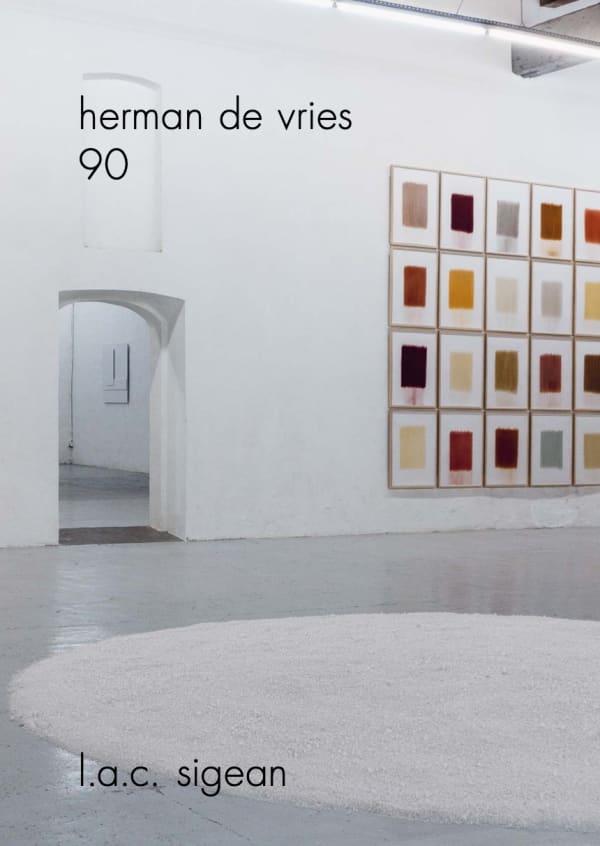
BorzoNews #72
herman de vries l 90 l.a.c. sigean Paul van Rosmalen Read more -

BorzoNews #74
BorzoGallery has moved Paul van Rosmalen Read more

